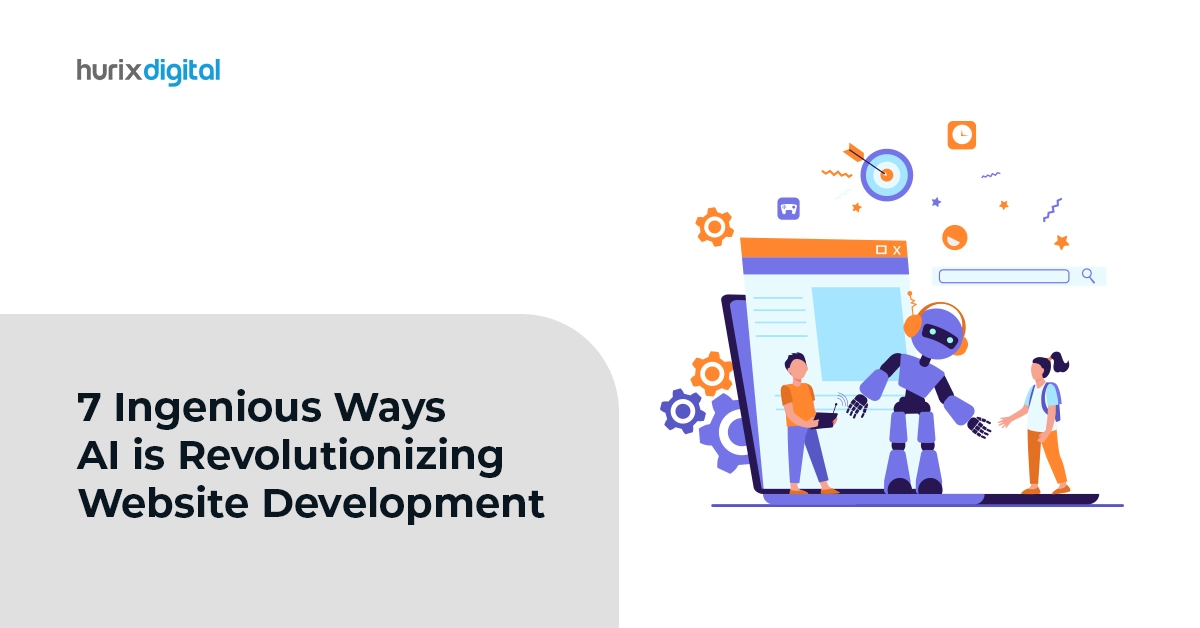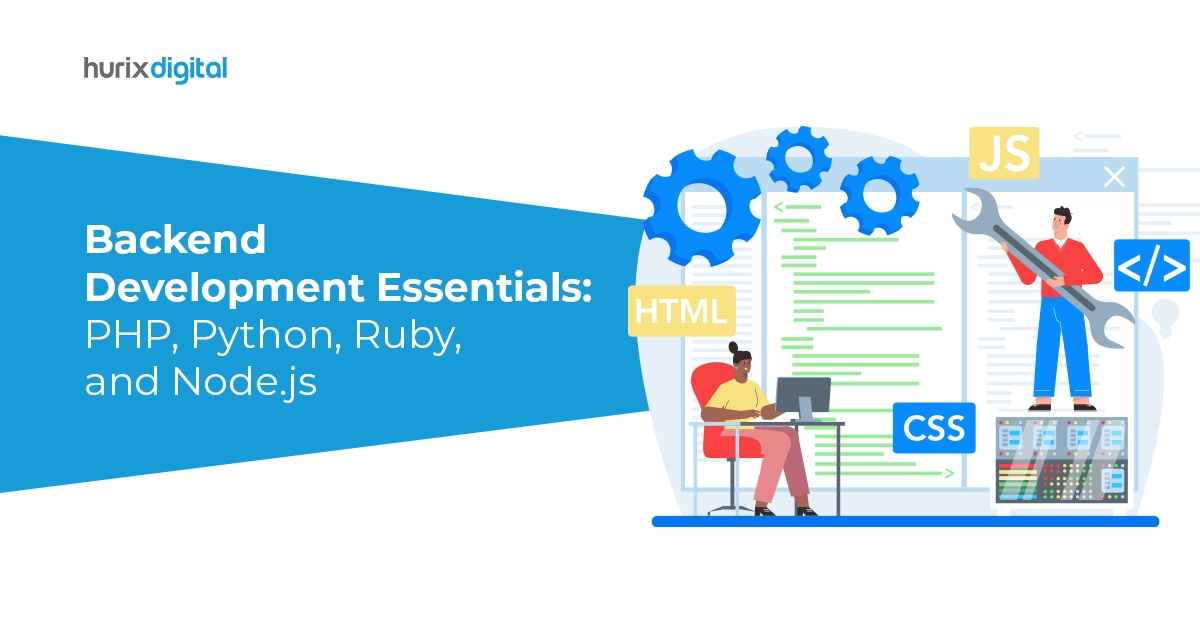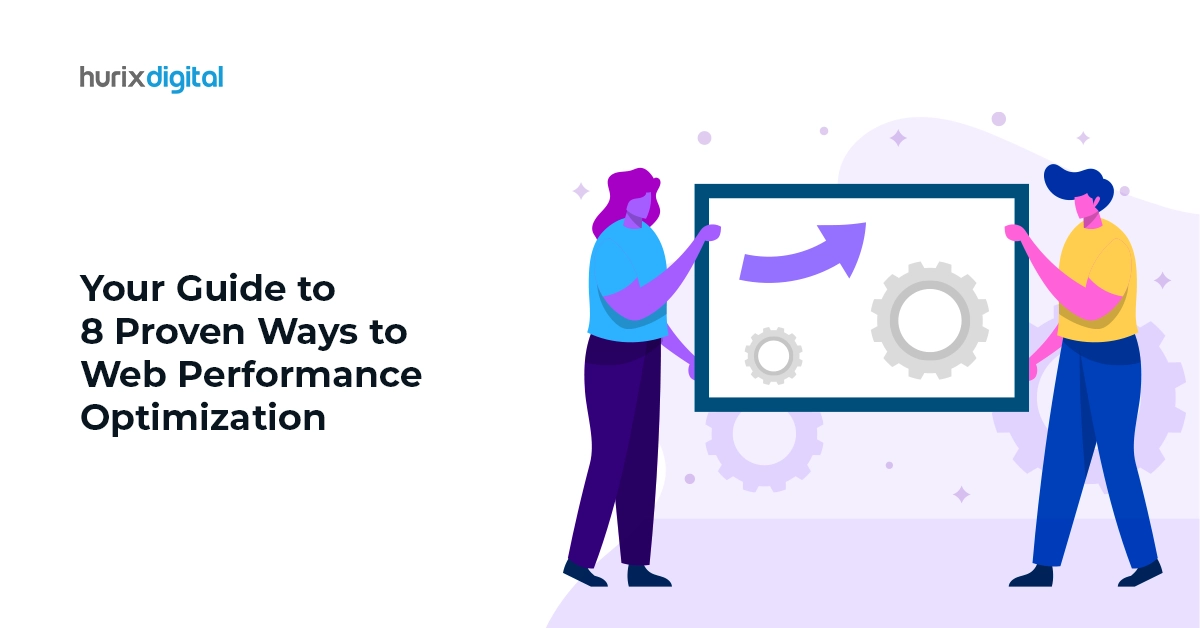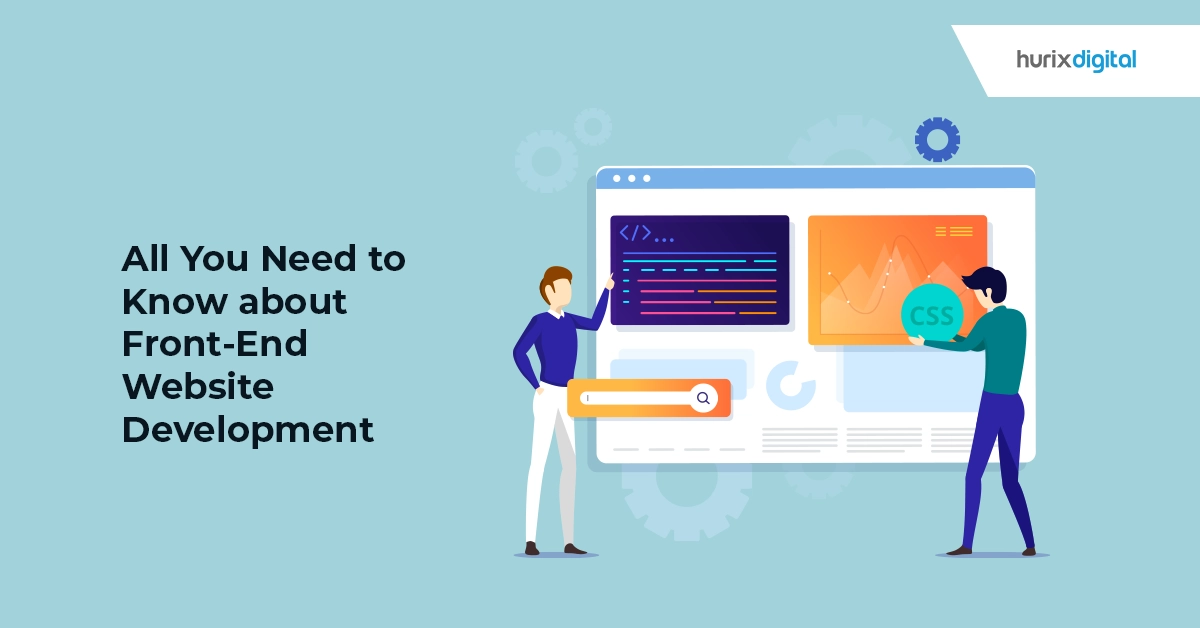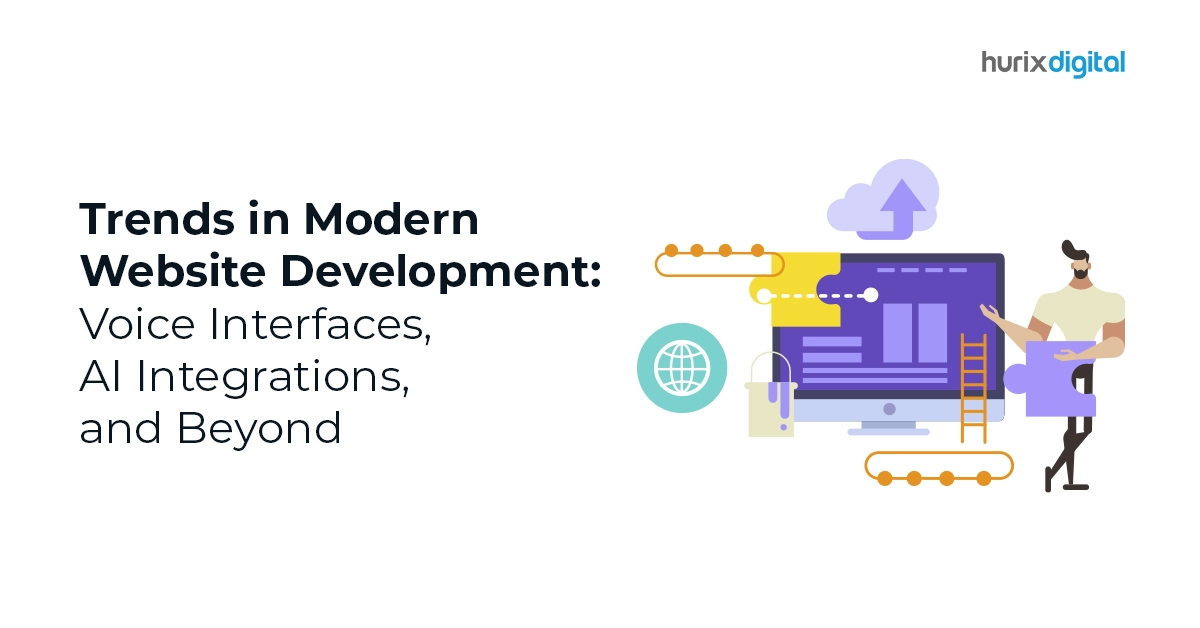
Trends in Modern Website Development: Voice Interfaces, AI Integrations, and Beyond
Summary
Discover the latest trends in website development, including voice interfaces and AI integrations. This article highlights innovations shaping the digital landscape.
Creating a website has come a long way, from simple static pages to the utilization of the latest technologies and trends. Keeping up with modern technologies and advancements has become paramount in this age. Especially now that websites have global audiences with diverse needs, web developers are balancing the trends.
The website development industry is evolving around Artificial Intelligence, Voice Interfaces, Quantum Computing, and other technological advancements. Whether you’re just starting in web development or are a seasoned developer, this article is for you.
Table of Contents:
- Introduction to Website Development Market
- The Evolution of Website Development Technologies
- 10 Latest Website Development Trends
- Wrapping Up
Introduction to Website Development Market
The web development market is a dynamic and ever-evolving sector focusing on creating, maintaining, and optimizing websites and web applications. It is designed and represented through technologies, frameworks, and programming languages, allowing web developers to build innovative and interactive online experiences.
According to available data, the global web development market recorded a revenue of 56,000.0 million USD up to 2021. Projections indicate steady growth with a compound annual growth rate (CAGR) of 8.03%, estimating a reach of 89,013.27 million USD by the year 2027.
This industry thrives on maintenance, constantly demanding staying up with modern trends for a strong online presence. The web development market is expected to see further innovations as technology advances.
Also Read: A Guide to Maximizing Your Potential with Web Development Services in 2024
The Evolution of Website Development Technologies
Website development has evolved since the 1990s from static HTML to the advent of CSS, JavaScript, and Dynamic HTML. The late ’90s were about AJAX, whereas the mid-2000s witnessed the ascent of content management systems.
Further, the late 2000s and 2010s saw the surge of mobile web. Fast forward to the 2020s, where innovations include voice search, AI chatbots, blockchain, and integration. Besides that, motion design UI, PWAs, AMP, dark mode, PWA, AMP, and Motion UI are also promising.
10 Latest Website Development Trends
The landscape of website development continues to evolve, driven by technological advancements, user preferences, and industry demands. Keeping pace with these changes is crucial for businesses and developers to stay relevant and competitive in the digital realm.
Here, we delve into 10 key trends shaping website development.
1. Voice Interfaces
Modern website development is increasingly embracing voice interfaces. Developers now need to consider voice commands alongside traditional input methods like keyboard and touch. This shift requires adapting user interface designs to accommodate spoken interactions, optimizing websites for voice recognition technology, and implementing robust natural language processing algorithms.
Additionally, developers must ensure compatibility with various voice-enabled devices and platforms.
2. Quantum Computing Revolution
Quantum computing will be a game-changing development for websites. Developers are exploring the potential applications of quantum computing to improve website security and performance. Quantum algorithms allow for quicker, more complex calculations, which can improve data processing and encryption.
Even though this trend is still in its early stages, it encourages developers to keep up-to-date by simplifying the concepts of quantum concepts to help people understand them better.
3. Evolution of Web Design: Claymorphism and Retro Futurism
We are now witnessing the arrival of Retro Futurism and Claymorphism in website design. Web developers are now embracing Claymorphism, featuring soft, rounded shapes and pastel colors inspired by claymation aesthetics.
Similarly, Retro Futurism, with bold colors and geometric shapes, brings nostalgia back while adding futuristic elements. Web developers are now aiming to create visually appealing and intuitive interfaces by striking a balance between traditional aesthetics and modern design concepts.
4. Machine Learning in Website Development
ML algorithms automate various tasks in website development, from content generation to A/B testing and optimization. This automation accelerates the development process, reduces manual intervention, and frees up developers to focus on more strategic aspects of website design and functionality.
ML algorithms can also analyze vast amounts of data generated by website interactions to extract valuable insights into user behavior, preferences, and trends. These insights enable businesses to make data-driven decisions, optimize marketing strategies, and tailor products and services to meet the evolving needs of their target audience.
5. IoT and Metaverse Integration
The Internet of Things (IoT) is now taking center stage, connecting physical devices to the Internet for data exchange. This dynamic integration is here to impact web development, especially with the emergence of IoT-enabled websites and applications.
Similarly, the virtual world of Metaverse aims to emerge as the next frontier. It is building possibilities for immersive and interconnected digital experiences.
6. Advanced AI Chatbots and Voice Search Optimization
In modern web development trends, AI-powered chatbots stand as a promising candidate. This trend utilizes Natural Language Processing (NLP) intended to deliver enhanced customer service interactions.
Similarly, voice search optimization has gained a reputation with more refined AI algorithms, promoting the increasing use of voice-activated search. Utilizing the integration of both of these technologies ensures efficient communication and accessibility on websites.
7. Personalization in Web Design
Personalization revolutionizes website development by tailoring user experiences to individual preferences and behaviors. By integrating data analytics and machine learning algorithms, developers can create dynamic websites that adapt to each visitor’s unique needs.
By presenting content and recommendations aligned with individual preferences, websites enhance user enjoyment and encourage longer visits, fostering loyalty and trust.
In e-commerce, personalized offers and product suggestions increase conversion rates and revenue. This approach not only deepens user-brand connections but also provides valuable insights for continuous optimization.
8. Augmented Reality (AR) Experiences
Augmented Reality (AR) is an interactive experience that has become a prevalent trend lately. AR leverages AI for object recognition and scene understanding. In short, AR makes way for interactive and immersive website experiences.
The AR & VR market will reach US$58.1 billion by 2028, with a predicted 10.77% annual growth rate from 2024 to 2028. Web developers are now incorporating AR as a learning tool on websites to make the use of digital products possible. It allows users to virtually try products or visualize items in real-world settings.
9. AI-Powered Web Development Tools
Another popular modern website development trend is adopting AI-powered tools that transform the web development process. AI can now simplify various tasks, from generating domain name suggestions to assisting in website building and optimizing images. These advanced technologies can automate tasks to craft intelligent and responsive websites, thus enhancing the overall user experience.
With AI, Developers can experiment with advanced features, explore unconventional design ideas, and push the boundaries of what’s possible in web development, driving continuous innovation in the industry.
10. Dark Mode for Enhanced User Experience
This widespread trend, which seems to be here to stay, enhances the user experience across devices. Dark-themed websites help make browsing the web more comfortable for the eyes, especially on mobile devices. They can also minimize battery drain and reduce eye strain in low light.
Dark mode, known for its sleek user experience, becomes a visual upgrade as it solidifies its position in the dynamic environment of web development trends.
Also Read: Mastering SEO in Website Development: Strategies for Success
Wrapping Up
In conclusion, the landscape of website development is continually evolving, driven by technological advancements, changing user preferences, and industry demands. These trends not only enhance the aesthetic appeal and functionality of websites but also improve user engagement, accessibility, and overall performance. By staying abreast of these developments and incorporating them into their projects, developers can create websites that not only meet but exceed the expectations of their audiences.
Elevate your digital presence with Hurix Digital, your partner in innovative website development. Our team of professionals will ensure you improve your website for an engaging web presence.
Contact us and redefine the way your audience experiences your website.

Currently serving as the Vice President of Technology Delivery Operations at HurixDigital, a prominent global provider of digital content and technology solutions for publishers, corporations, and educational institutions. With over 16 years of experience spanning EdTech and various domains, I hold certification as a SCRUM Product Owner (CSPO). My expertise includes operations, finance, and adept people management skills.
